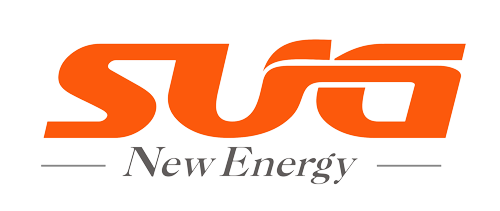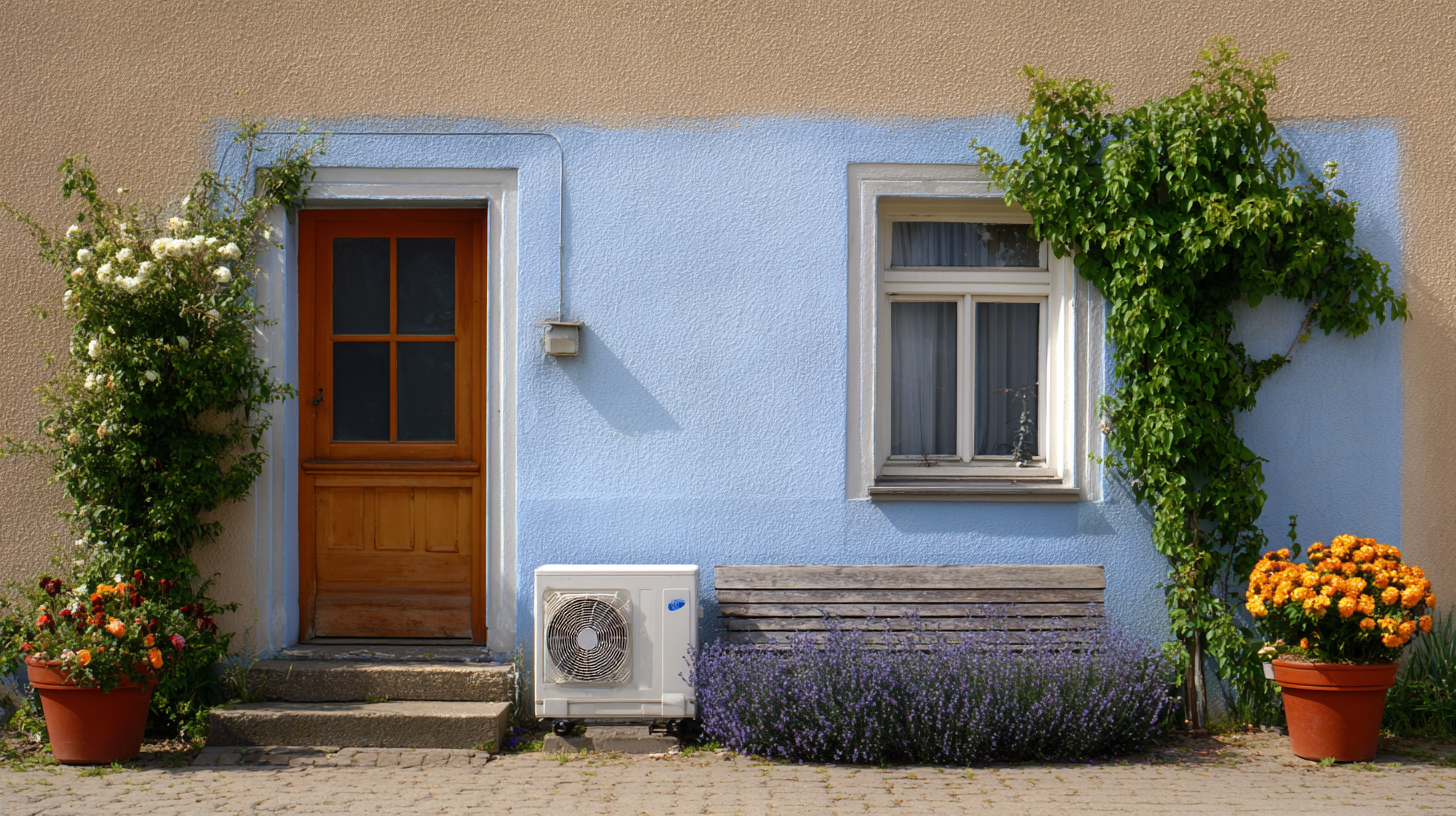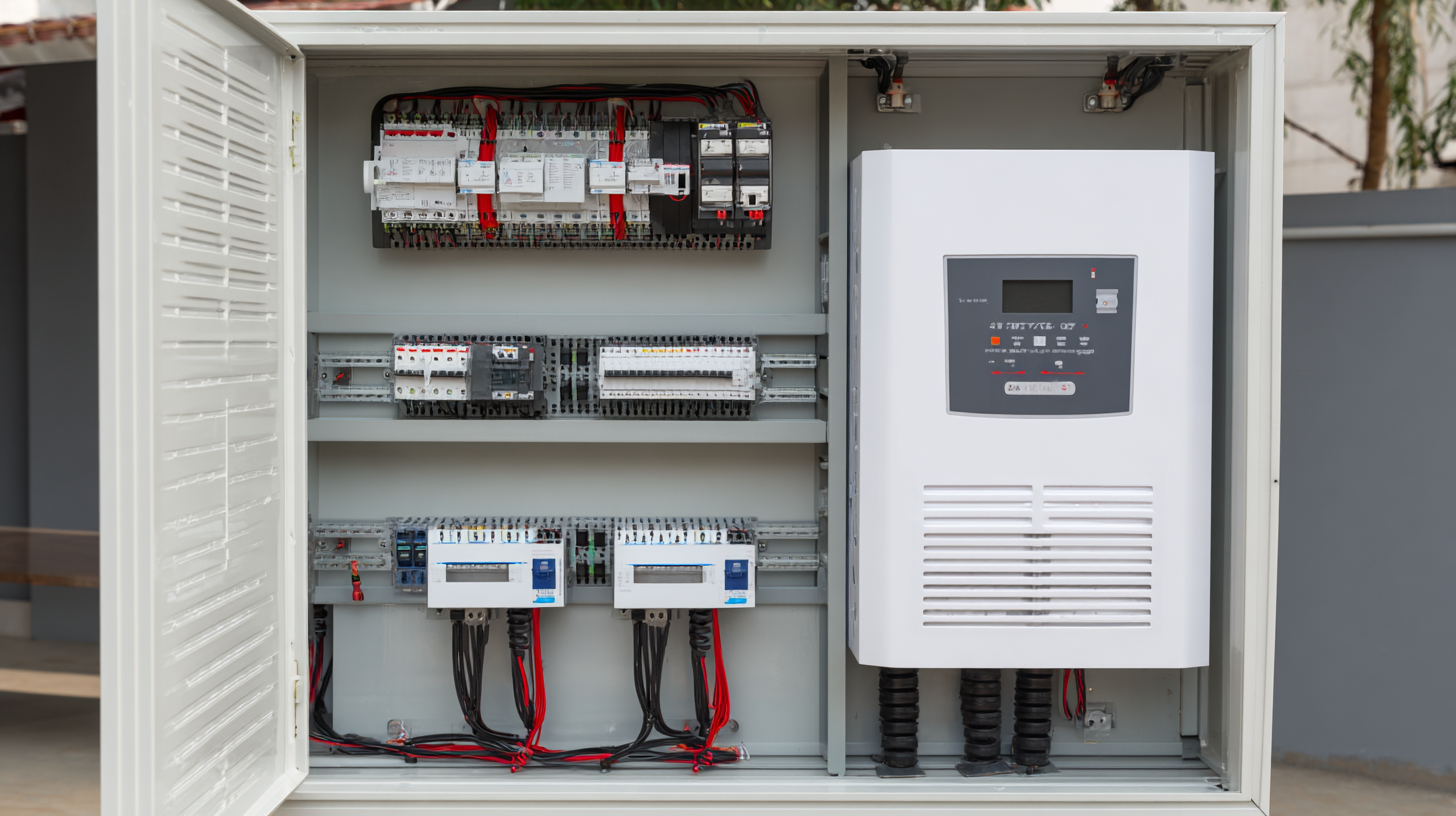
In the quest for efficient energy solutions, selecting the right equipment is crucial, especially when it comes to inverters. The 120 240 Split Phase Inverter stands out as a vital component for both residential and commercial energy systems, providing the versatility needed to harness power effectively. As energy demands evolve, understanding the technical specifications and features of these inverters becomes imperative for maximizing performance. With a focus on innovation and quality, Chinese manufacturers have gained global respect, leading the way in producing high-quality inverters that cater to diverse energy needs. This blog will guide you through the key considerations and benefits of choosing the best 120 240 Split Phase Inverter, empowering you to make informed decisions that align with your energy requirements.

Understanding split phase inverters is crucial for maximizing energy efficiency in homes and businesses reliant on alternative energy sources. A split phase inverter converts direct current (DC) from solar panels or batteries into alternating current (AC), suitable for typical household appliances. It operates on two 120V legs, providing a more stable power source and the ability to run larger appliances that require 240V. According to a report by the Solar Energy Industries Association, split phase systems account for about 40% of residential solar installations in the U.S., reflecting their growing popularity among homeowners seeking reliable energy solutions.
Key features to consider when selecting a split phase inverter include wattage output, efficiency ratings, and built-in safety mechanisms. Most modern split phase inverters achieve about 90-95% efficiency, minimizing energy loss. Furthermore, integrated safety features such as surge protection and automatic shut-off systems enhance durability and user safety. The National Renewable Energy Laboratory indicates that inverters with higher efficiency ratings can significantly reduce energy costs over time, making them an essential component in any renewable energy setup. Understanding these features will help consumers make informed decisions tailored to their specific energy needs and budget.
This chart compares the energy output and efficiency of different types of split phase inverters suitable for varying energy needs. The data demonstrates how various inverter capacities influence energy supply in both residential and commercial contexts.
When considering power solutions for your home or business, understanding the differences between 120V and 240V systems is crucial. A 120V system is typically used for standard household appliances, lighting, and small electronics. It provides sufficient power for everyday needs, making it a common choice for residential applications. However, if you have high-power devices like electric water heaters, dryers, or HVAC systems, a 240V system might be more appropriate. This higher voltage allows for more efficient energy transfer, resulting in lower current draw and reduced heat loss in wiring, ultimately leading to improved energy efficiency.
Choosing between these systems depends on your specific energy requirements. If your usage mostly involves smaller devices, a 120V inverter may suffice; however, for those planning to power more demanding equipment or to achieve better energy efficiency, a 240V inverter is worth considering. It's also important to note the inverter’s compatibility with your existing electrical setup, ensuring whether you need a split-phase inverter that can handle both 120V and 240V loads simultaneously. Understanding these distinctions will help you make informed decisions tailored to your energy needs.

When evaluating inverter efficiency for your energy needs, it's essential to consider the output quality and the specific requirements of your applications. A well-designed inverter not only ensures a stable power supply but also maximizes the performance of your renewable energy systems. For instance, advancements in single-phase voltage-source inverters have shown great promise for sensitive loads, delivering pure sinusoidal output that is ideal for photovoltaic installations. This technology reduces potential disruptions while enhancing the overall reliability of the energy supply.
Tips: Look for inverters that feature advanced regulation capabilities, as these will offer better stability and efficiency. Additionally, consider the inverter's capacity to operate in parallel configurations, especially in microgrid settings, as this can greatly enhance efficiency by allowing multiple energy sources to work seamlessly together.
As you assess the efficiency claims of different inverters, don't overlook the importance of performance evaluations based on real-world scenarios. Studies on rooftop solar systems, for instance, have provided insights into how environmental factors affect inverter efficiency. Thus, employing inverters that have been tested and rated in various conditions can significantly improve your energy output while reducing operational costs.
When considering the purchase of a 120/240 split phase inverter, it's crucial to ask the right questions to ensure you meet your energy needs efficiently. First, evaluate your energy consumption. How much power do you typically use, and what appliances will the inverter support? Understanding your load requirements will guide you to an inverter with the appropriate capacity.

Another key factor to consider is the inverter’s compatibility with renewable energy sources. Are you planning to integrate solar panels or battery storage into your energy system? Choosing an inverter that supports these technologies will enhance your energy independence and sustainability. Additionally, ask about the inverter’s efficiency ratings. A higher efficiency means more usable energy, which translates to cost savings in the long run.
Here are some tips: Always check for warranty and customer service options, as these can impact your long-term satisfaction with the product. Also, consider whether you want to purchase or lease your inverter; both options have their pros and cons that can affect your budget and energy plans. Taking time to answer these questions will empower you to make a more informed decision, tailored to your unique energy requirements.
When it comes to selecting a split phase inverter for your energy needs, understanding the top brands in the market is crucial. Renowned manufacturers such as Victron Energy, OutBack Power, and Samlex America have established a reputation for reliability and performance. Victron Energy, known for its cutting-edge technology, offers inverters that are not only efficient but also feature advanced monitoring capabilities. Their products cater to both residential and commercial applications, making them a versatile choice.
OutBack Power stands out for its robust designs suitable for off-grid systems. Their inverters are built to withstand harsh environmental conditions, ensuring durability and longevity. Additionally, Samlex America provides a range of highly rated inverters known for their affordability and ease of installation. These brands offer diverse options that cater to various energy requirements, ensuring you can find an inverter that perfectly aligns with your setup. By prioritizing these top brands, you can make a well-informed decision that will enhance your energy independence and efficiency.
| Parameter | Description | Value/Specification |
|---|---|---|
| Power Output | Maximum output power capacity | 6000 W |
| Input Voltage Range | Acceptable input voltage range for optimum performance | 40 - 90 V |
| Efficiency Rating | Conversion efficiency percentage | 95% |
| Waveform Type | Output waveform produced by inverter | Pure Sine Wave |
| Cooling Method | Method used to dissipate heat | Fan Cooling |
| Protection Features | Built-in safety mechanisms | Overload, Short Circuit, Over Voltage |
| Dimensions | Physical size of the inverter | 23 x 10 x 6 inches |
| Weight | Overall weight of the inverter | 50 lbs |